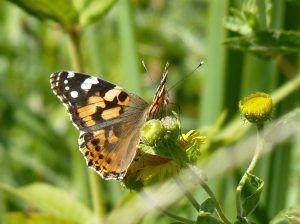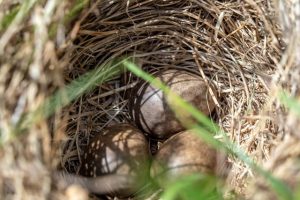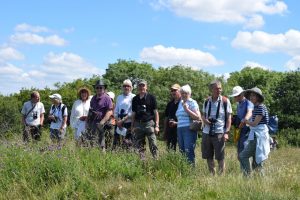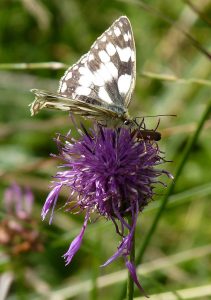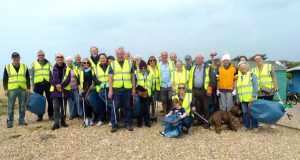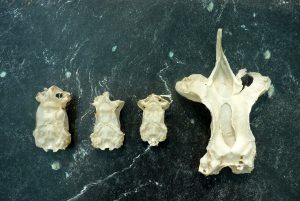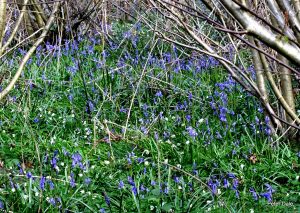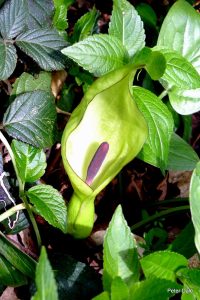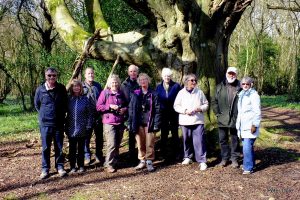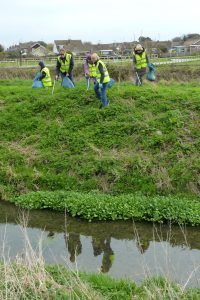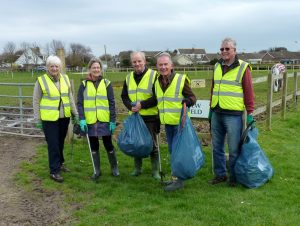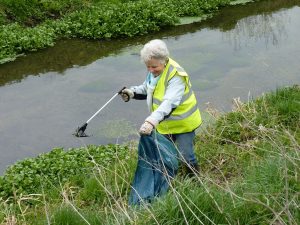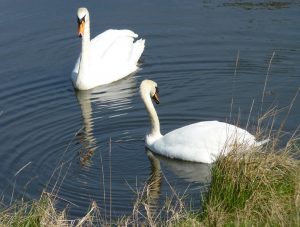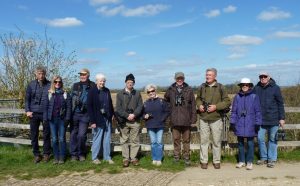On a stormy looking morning a group of us made our way to Brighton Marina hoping that weather conditions would allow the planned boat trip to the Rampion Wind Farm to take place. Fortunately the wind remained low, with only a small sea swell, and the skipper welcomed us on-board Defiance.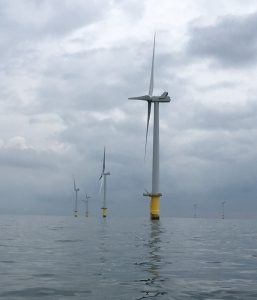
It took about an hour to steam to the site and the skipper cruised slowly through the farm allowing us close views of the turbines and offshore substation. He then hove-to and spoke about construction, commissioning and maintenance of the farm and answered our questions. We were all very impressed with his knowledge, including details of the actions taken by the constructors to protect fauna and flora, such as suspending piling operation during the breeding season of Black Bream. Although we experienced only a small sea swell, while we were hove-to the boat started to roll rather wildly and the skipper had to reposition it, much to our relief. We also had tea and biscuits, which was very welcome, although challenging!
The Rampion project has 116 wind turbines, with the closest about 13km from the shore. Each turbine tower is 80m high with total height to blade tip of 140m. Cables from each turbine are gathered at an offshore substation, requiring 144km of buried cable in total, before coming ashore to the east of Worthing at Brooklands Pleasure Park. Cables run North across the South Downs about 28km to Bolney Wood, where a new substation connects the project to the National Grid. Cables were laid in ducts and buried throughout the route.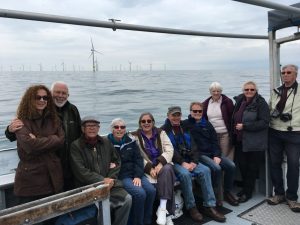
Construction of the project started in 2015 with completion in 2018. The installation now provides sufficient electricity for 347,000 homes and is operational for about 30% of the year. The overall operation of the turbines and offshore substation is entirely automatic, including turbine direction and feathering of the turbine blades to achieve maximum power output. Nonetheless, maintenance crews visit the site every day from their operations base in Shoreham.
As we returned to shore, the rain that had threatened all morning finally started to fall, but we enjoyed views of the Brighton seafront buildings, including the burnt out Western Pier and the new i360 tower. We all thought it had been a very enjoyable trip made particularly memorable by the skipper Paul.
by Michael Brown

